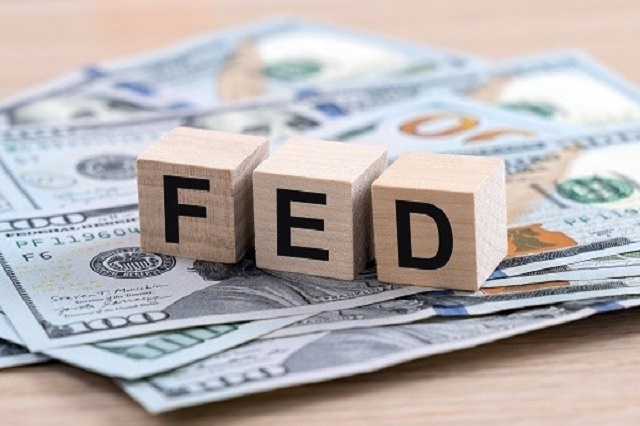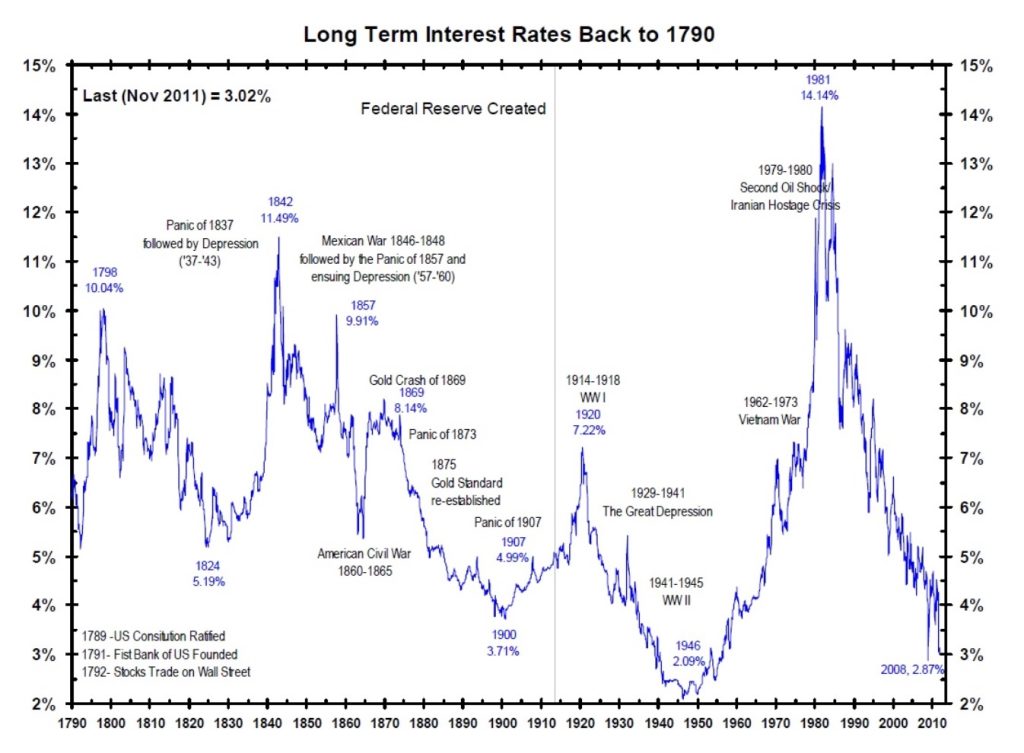If the FED reduces interest rates while Vietnam increases its rates, there will be several impacts on Vietnam’s economy and financial markets, particularly concerning capital flows, exchange rates, and the investment environment. Below are the key scenarios and effects:
1. Increased Investment Inflows to Vietnam
- When the FED lowers interest rates, the returns on USD-denominated assets in the U.S. decrease, prompting investors to seek higher yields in other countries.
- If Vietnam raises its interest rates, VND-denominated assets will become more attractive due to higher returns. Consequently, foreign investors, particularly investment funds and short-term investors, may channel capital into Vietnam to exploit the interest rate differential.
- This could support the stock market and provide short-term growth momentum for Vietnam’s economy.
2. Exchange Rates and the Strength of the VND
- Strong inflows of foreign capital could increase demand for the VND, potentially strengthening it against the USD.
- A stronger VND may help reduce import costs, enabling Vietnam to import raw materials, machinery, and goods at lower prices, thereby aiding in controlling import-driven inflation.
- However, a stronger VND could negatively impact exports, as Vietnamese goods would become more expensive for international buyers, reducing their competitiveness in global markets.
3. Impact on the Domestic Economy
- Higher domestic interest rates could increase borrowing costs for businesses and individuals, potentially reducing consumer spending and domestic investment. This may adversely affect economic growth.
- However, if the rate hike is aimed at controlling domestic inflation, it could help stabilize prices and protect consumers’ purchasing power.
4. Monetary Policy Considerations by the State Bank of Vietnam
- If capital inflows are too strong, the State Bank of Vietnam might need to intervene to prevent overheating in the financial markets and curb excessive appreciation of the VND.
- Possible measures include increasing foreign exchange reserves and adjusting monetary policies to stabilize exchange rates while protecting export-oriented businesses from the adverse effects of a stronger VND.
5. Risk of Capital Outflows in the Future
- When the FED decides to raise interest rates again (after a period of reductions), capital may flow out of Vietnam and back to the U.S., putting pressure on Vietnam’s exchange rates and financial markets.
- This underscores the importance of maintaining domestic economic stability and avoiding over-reliance on short-term foreign capital inflows.
Conclusion
If the FED lowers interest rates while Vietnam raises them, Vietnam may attract short-term foreign capital and support the VND’s value. However, this approach also carries risks related to reduced export competitiveness and potential capital outflows in the future when the FED increases its rates again. The State Bank of Vietnam must carefully manage capital flows and adjust exchange rates to ensure domestic economic stability.

